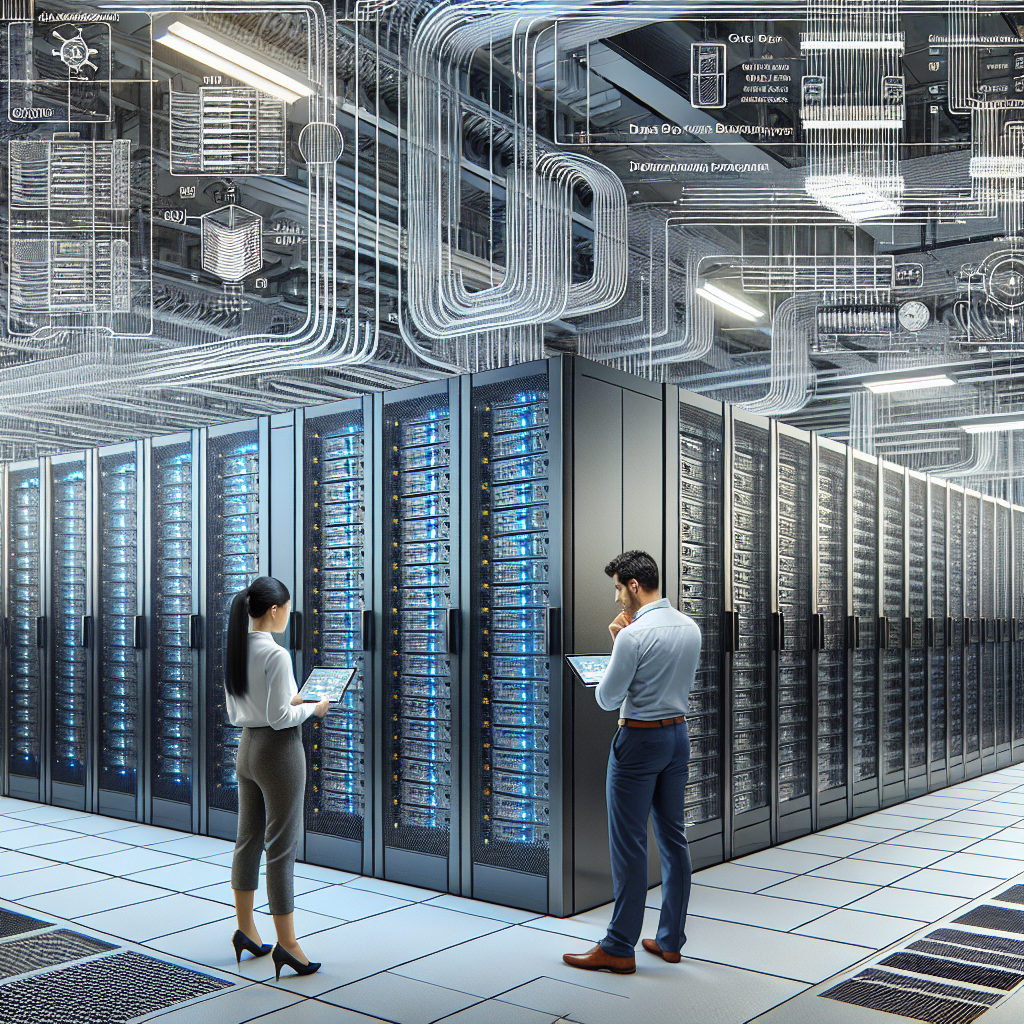Your cart is currently empty!
Challenges and Solutions in Data Center HVAC Design

Data centers are crucial for storing and processing large amounts of data for various organizations, but they also generate a significant amount of heat due to the high-powered servers and equipment they house. This heat must be managed effectively to ensure the data center operates efficiently and reliably. HVAC (Heating, Ventilation, and Air Conditioning) systems are essential for maintaining the optimal temperature and humidity levels in data centers, but designing them can be challenging due to several factors.
One of the main challenges in data center HVAC design is the constant evolution and advancement of technology. As servers become more powerful and compact, they generate more heat, which puts a strain on the cooling systems. Data centers also need to accommodate fluctuating workloads and changing environmental conditions, which can make it difficult to predict and manage heat loads effectively.
Another challenge is the need for energy efficiency. Data centers are notorious for their high energy consumption, and cooling systems can account for a significant portion of this energy usage. Designing HVAC systems that can effectively cool the data center while minimizing energy consumption is crucial for reducing operating costs and environmental impact.
Space constraints can also pose a challenge in data center HVAC design. Data centers are often housed in buildings with limited space, which can make it difficult to install and maintain cooling systems. Additionally, the layout of the data center and the location of servers can impact airflow and cooling efficiency, requiring careful planning and design.
To address these challenges, data center operators and HVAC designers can implement several solutions. One solution is to use advanced cooling technologies, such as liquid cooling or hot aisle/cold aisle containment systems, which can improve cooling efficiency and reduce energy consumption. These technologies can also help to manage heat loads more effectively and ensure consistent temperature levels throughout the data center.
Proper airflow management is another key solution for optimizing data center HVAC design. By ensuring that airflow is directed efficiently through the data center, hot spots can be minimized, and cooling systems can operate more effectively. This may involve rearranging server racks, installing airflow barriers, or using computational fluid dynamics (CFD) simulations to optimize airflow patterns.
Regular maintenance and monitoring of HVAC systems are also essential for ensuring optimal performance. By conducting routine inspections, cleaning filters, and checking for leaks or malfunctions, data center operators can identify and address issues before they escalate and impact the data center’s operations.
In conclusion, designing effective HVAC systems for data centers can be challenging due to the evolving technology, energy efficiency requirements, and space constraints. However, by implementing advanced cooling technologies, optimizing airflow management, and conducting regular maintenance, data center operators can overcome these challenges and ensure their data centers operate efficiently and reliably.

Leave a Reply